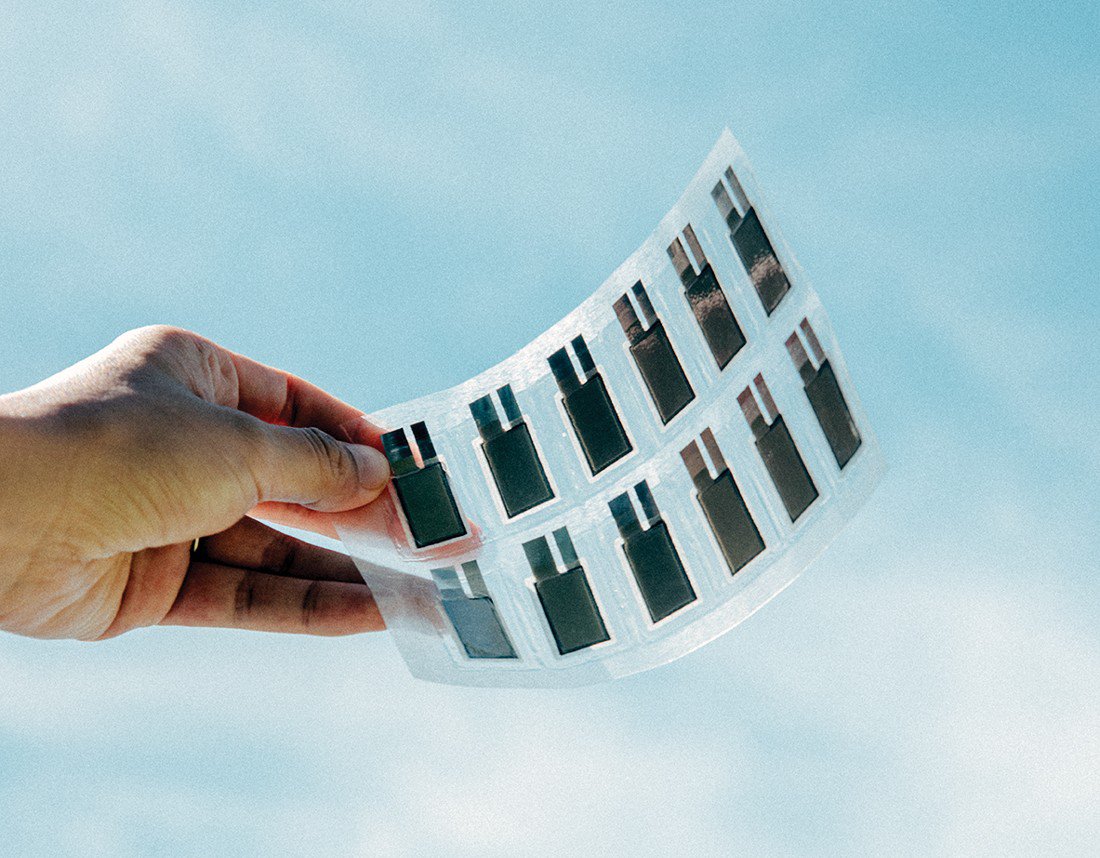Computer & electronics hardware
Christine Ho
Her startup is commercializing thin, flexible, printable batteries that she developed at UC Berkeley.
Photos by Timothy O’Connell

Europe
Petros Psyllos
His wearable tech allows the blind to interpret their surroundings through audio messages

Global
Alex Hegyi
A new type of camera could let smartphones find counterfeit drugs or spot the ripest peach.

Europe
Luis Cuende
Using Bitcoin technology as a notary public 2.0 and to fight patent trolls

Europe
Matthieu Claybrough
His crowd of drones identifies problems on the surface of a plane in just 20 minutes

